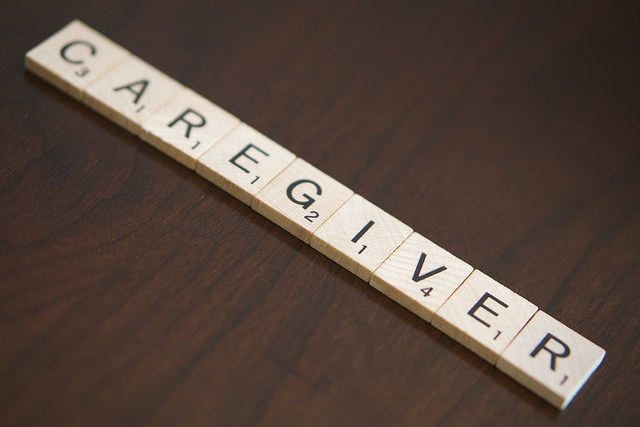If you’re a caregiver feeling strain, you’re not alone. Many caregivers feel your strain. In order to understand the magnitude of this strain in the U.S., let’s consider a few facts about our aging population and what it means to be a caregiver today.
There are more than 46 million Americans older than 65, which is more than 14 times the number in 1900, when there were just 3.1 million people over 65. By the year 2026, baby boomers will begin to turn 80 years old. The number of older adults who will need care is only expected to grow as time go on.
As the number of older Americans increases, the need for family caregivers will also increase. Right now, there are 40 million unpaid caregivers in the United States providing support to adults 65 and older. Caregivers dedicate time, money and emotional energy to caring for their loved ones. Though their role is both necessary and rewarding, it’s important to be aware of the different types of stressors caregivers face. Over time, the strain adds up.
Time Strain
Caring for a loved one is often a long-term commitment. According to the Bureau of Labor Statistics and the American Psychological Association:
- Nearly 15 percent of caregivers provide care for more than 10 years.
- Almost 25 percent of caregivers provide care on a daily basis.
- On average, caregivers spend more than 20 hours per week caregiving.
- While 70 percent of caregivers care for one person, 30 percent care for more than one relative.
Health Strain
By its nature, caregiving means that you put someone else’s needs first. As a result caregivers may ignore their own physical and mental health. This can cause severe health problems, as the majority of caregivers have a higher chance of death in a four-year period compared to those not caring for a loved one.
Financial Strain
The economic value of the services that family caregivers provide is more than $350 billion a year. This equates to out-of-pocket expenses of about $2,400 each year per person. On average, older adults’ health care expenses are nearly three times those of adults younger than 65. On top of this, most caregivers are employed and their caregiving responsibilities often require them to forgo earned income.
Here’s more from Just Care:











And to get respite care, Medicare wants the caregiver to place their loved one in a nursing home. Research shows such placements are detrimental to both the caregiver and the loved one. Of course, the cost to Medicare to place a loved one in a nursing home is another problem.
However, Medicaid is looking at those individuals that are in nursing homes and recommending, with the proper support, that loved ones are better off at home and it is cheaper.
Medicare, it is time to align yourself with the research and Medicaid!